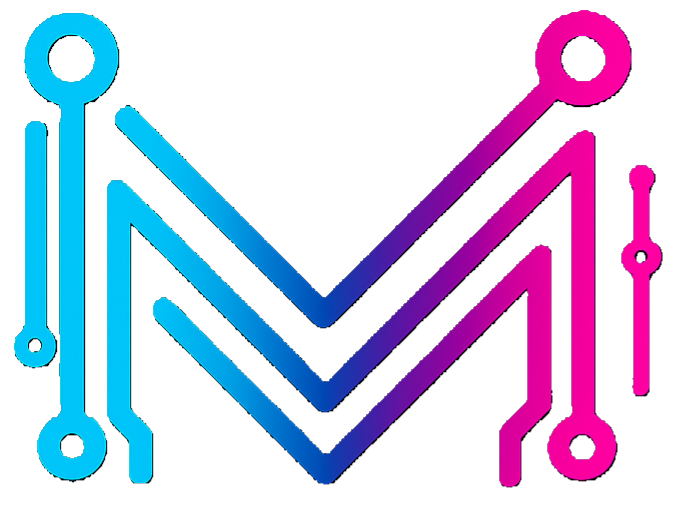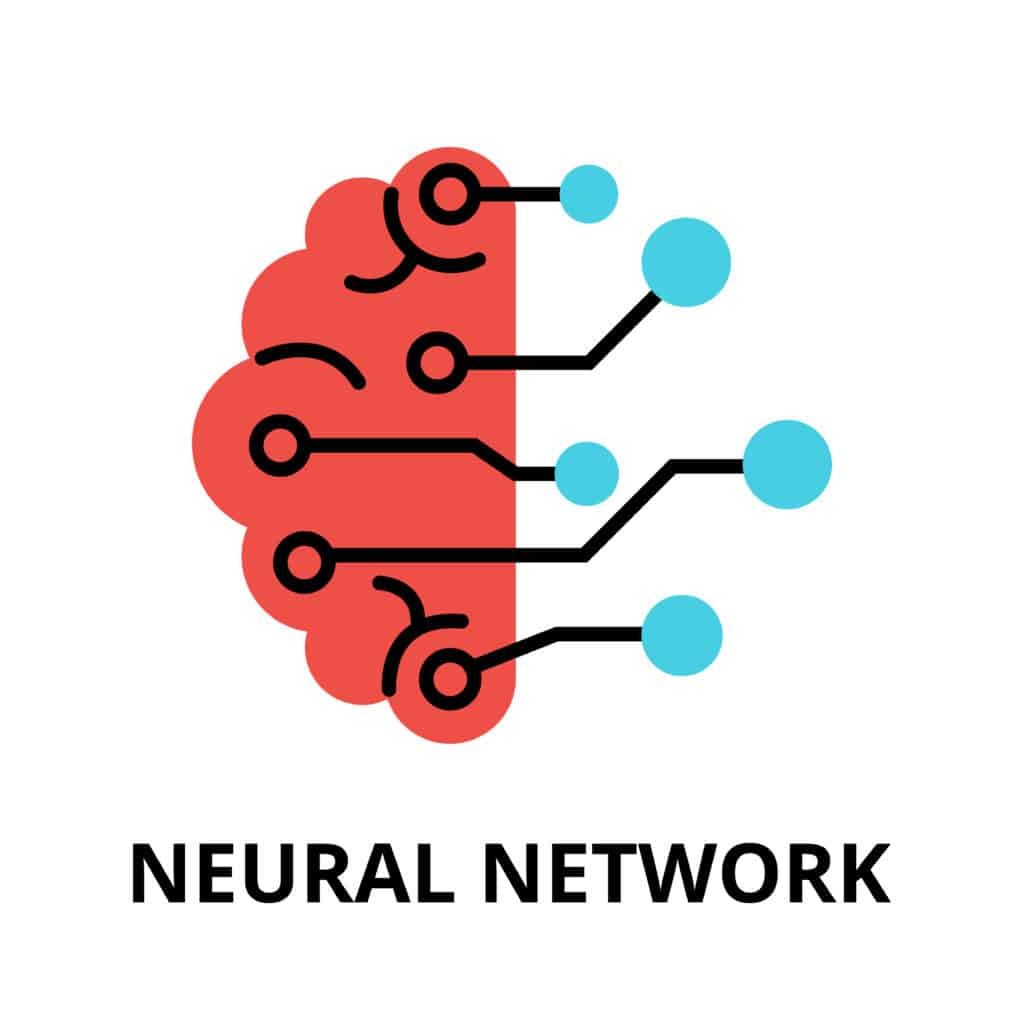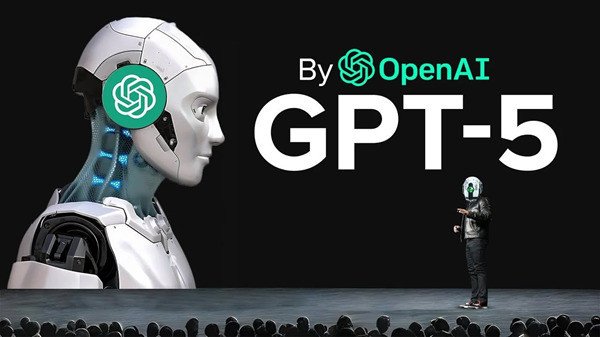Table of Contents
We’ve talked about how AI can learn from data, but where does this “learning” actually happen? What is the digital brain that processes all this information? The answer lies in one of the coolest and most important concepts in all of AI: Neural Networks.
If you’ve ever heard the term Neural Networks Explained, it might sound intimidating, like something straight out of a neuroscience textbook. But the basic idea is surprisingly simple and is loosely inspired by the squishy, powerful computer sitting inside your own head.
Let’s break down the “brain” of AI, one neuron at a time.
The Core Idea: A Brain Made of Math
At its heart, an Artificial Neural Network is a computational model that mimics the way biological neurons signal to one another in the human brain.
But instead of squishy biological cells, our digital brain is made of nodes (or “neurons”) arranged in interconnected layers. Each node is just a small piece of math waiting to happen. It receives inputs, does a quick calculation, and then passes the result on to the next layer.
A single node on its own is pretty dumb. But when you connect thousands or even billions of them together, they can learn to recognize incredibly complex patterns—like the difference between a cat and a dog, the meaning of a sentence, or even the signs of a disease in a medical scan.
The 3 Layers of a Neural Network
To understand how these networks work, you just need to know about the three types of layers that make them up.
(A simple diagram here would be perfect, showing three columns of dots labeled Input, Hidden, and Output, with lines connecting them.)
1. The Input Layer: The Senses
This is the front door of the neural network. Its job is to receive the initial data and pass it on. Each node in the input layer represents a single feature of the data.
- Analogy: Think of this as the AI’s senses. If it’s looking at an image, each input node might represent a single pixel. If it’s analyzing a house price, the input nodes could be “number of bedrooms,” “square footage,” and “zip code.”
- What it does: It takes the raw data and feeds it into the system. It does no processing; it’s just the entry point.
2. The Hidden Layer(s): The “Thinking” Part
This is where the real magic happens. The hidden layers are tucked between the input and output layers, and their job is to process the data. They find patterns, combine features, and transform the information in complex ways.
A simple network might have one hidden layer. The “deep” networks that power modern AI (hence the term “Deep Learning“) can have hundreds.
- Analogy: This is the AI’s cerebral cortex—the part of the brain that does the heavy lifting. The first hidden layer might learn to recognize simple shapes like lines and curves from the pixels. The next layer might combine those lines to recognize “eyes” and “noses.” The layer after that might combine those features to recognize a “face.” Each layer learns a more abstract and complex pattern than the one before it.
- What it does: This is where the network “learns” by adjusting the connections between its nodes.
3. The Output Layer: The Decision
This is the final layer. It takes the highly processed information from the hidden layers and produces the final result or decision. The structure of the output layer depends on the problem you’re trying to solve.
- Analogy: This is the part of the brain that makes the final call and tells your mouth what to say. After all the thinking, this is the conclusion.
- What it does:
- For an image classifier, it might have two output nodes: “Cat” and “Dog.” The node with the higher value is the network’s final answer.
- For a stock price predictor, it would have one output node that gives a single number.
How Our “Neural Networks Explained” Brain Actually Learns
So how do these hidden layers get so smart? Through a process called training.
During training, we show the network an example (like a picture of a cat) and let it make a guess. At first, its guess will be completely random and wrong. When it gets it wrong, an algorithm goes backward through the network and slightly adjusts the strength of the connections between the nodes. This is like a teacher saying, “Nope, that was wrong. Tweak your thinking a little.”
We repeat this process millions or even billions of times. With each example, the network makes tiny adjustments, getting a little less wrong each time. Eventually, the connections are so finely tuned that the network can accurately identify cats in new pictures it has never seen before.
Conclusion: The Foundation of Modern AI
So, when you hear about Neural Networks Explained in the news, you can now picture what’s happening behind the scenes. It’s not a magical black box; it’s a powerful and elegant system of interconnected nodes, arranged in layers, that learn to find patterns by making countless tiny adjustments.
From the chatbot that writes your emails to the AI that helps doctors diagnose diseases, these digital brains are the fundamental building blocks of the modern AI revolution.
What other AI concept seems confusing? Let us know in the comments, and we might break it down next!







Leave a Reply
You must be logged in to post a comment.